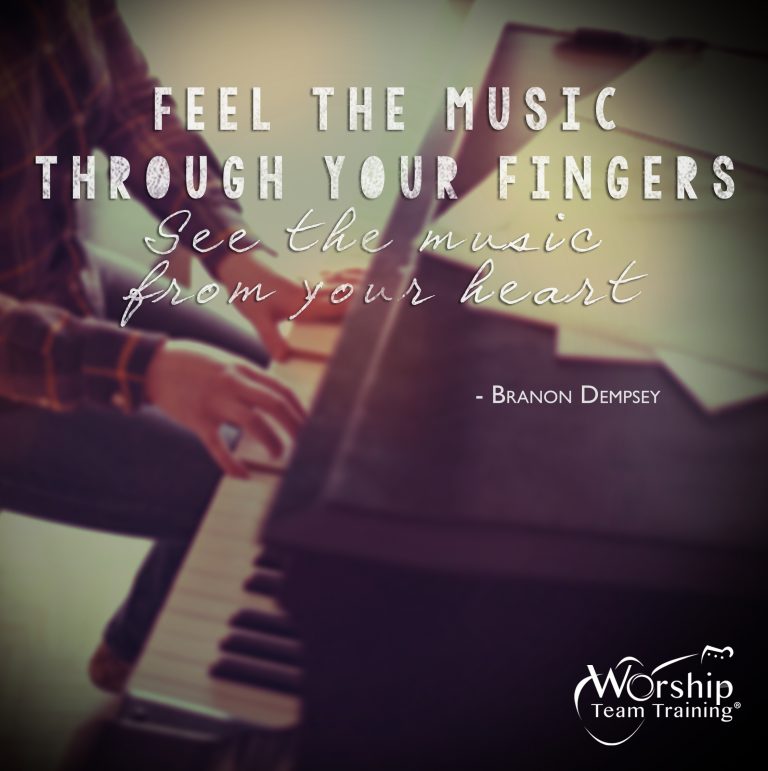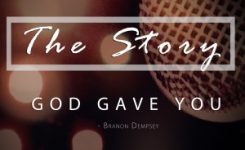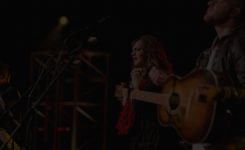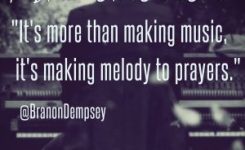Piano, Players, Singers, Vocal Team
Tough Sheet! (Learning the Chart)
 #MusicFromTheHeart Learn how to play charts the easy way. This post is geared for musicians who desire to learn by ear or improve their skills. Simply, it’s learning how to play simple by the chart.
#MusicFromTheHeart Learn how to play charts the easy way. This post is geared for musicians who desire to learn by ear or improve their skills. Simply, it’s learning how to play simple by the chart.
This is especially helpful for musicians who only play by sheet music and desire to learn how to play by ear. Together we will learn how to hear, see and feel the music – all by learning the basics of the chart.
“Commit your way to the Lord;trust in him and he will do this: He will make your righteous reward shine like the dawn, your vindication like the noonday sun.” – Psalm 37.5-6
“What the Sheet??”
When it comes to making music, hard work is wise work. Many people ignore what seems to be insignificant; they said the same thing when they saw Noah building an ark. Chart reading can be tough stuff!! Whether if you are a musician/singer who was trained in sheet music, any kind of music will test your skill and your head.Same for those who learned by internet, you know a little, but increasing your skill will really set your playing on fire. “The Lord makes firm the steps of the one who delights in him;” Psalm 37.23 We delight in the One who gives us strength to our steps, so we may walk in the Lord, filled with His music.
It Seems Complicated
For pianist and singers that are accustomed to sheet music. Chart reading forces the musician to rely on their ears, but also their vision. What do I mean by vision? Seeing the chords in your head. For academic musicians/singers, you are trained by sight – written music. This was my life for 7 years in music school.I had to learn both staff systems: treble and bass clef. Unfortunately, I found like others, that this does not translate well into contemporary music. Part of my music studies included a jazz focus. In this type of music, we read by chart. This is either by a lead sheet: a single line melody with chords above the notes; or a standard chart by either chords over bar/phrases, and chords over simple lyric lines.
The challenge for most academic musicians is learning how to see the chords in your head. For example, I’ve taught many pianists who read by sight, but they could not follow by ear. They could hear the music fine, but they could not replicated it alone by listening. This became especially problematic when putting them in a contemporary band. The problem wasn’t if they could play, it was “what and how” they played.
Here’s How We Made It Easy
When I sat down with the pianist, we looked at their sheet music together. I had them play through one passage of music and stopped. When pausing on a certain measure and beat, I helped them identify the chord in the music. Next, we spelled out the chord by notes. For instance, we stopped on a simple E Major chord. This is called a triad and is spelled by these notes: E natural, G# and B natural.The idea is to see the chord on paper and in your head – then play it. Your ear will develop how to hear the chord as you play what you see. “Listen to my instruction and be wise. Don’t ignore it.” Prov 8.33 When we better learn skill, the better we are in tune with His instruction – the more skillful our message in music.
Now I would like for you to try the same. Take any piece of music in the key of “E.” Find the E chord, play the notes on your piano/guitar and play each note one at a time. Grab a pencil, mark out the E chord on the music.
Do either: in your piano music, write an ‘E’ above the notes, or on your guitar chart locate the ‘E’ notation and circle it. As you play the E chord, listen to the quality of the chord and try to imagine the sound in your head. Move to the next chord in the music, mark it, play it and hear it in your head. Learning chords is the basic practice to understanding to read charts. It’s the same thing as learning scales to understand sheet music.
Chart reading is more audible, sheet music is more visual. When we put the audio and visual together, we begin to see the music/chords in our heads. As we hear it being played, we develop a better connection. The musical connection happens from the head to our hands. Even better, we also learn the musical connection from our hearts.
Exercise 1: Understanding the Chart
- Look at the chords of the song
- Outline the notes of that chord
- Play the chord you see
- Look at the chord notation as you play it
- Hear and memorize the sound as you play
- Move to the next chord and repeat the process
Listen to the differences of chords as you see them change (the progression) in the music. As you move throughout the song, your fingers will form muscle memory. Your ear will develop the musical memory. Next is the fun part: you playing the song on your own – just chording.
Exercise 2: Executing the Chart
- Pick a song in 4/4 time (4 beats per measure)
- Repeat the process above: circle each chord at the beginning of each measure
- if you’re playing on a lyric chart with chords over it, do the same.
- Set your metronome or click on 80bpm (slow down the playing)
- Play one chord per bar – this should be the circled chords you marked
- Move from measure to measure only playing once every four beats.
- Feel the music through your fingers / See the music from your heart
- Repeat above and increase the tempo gradually
Here, you are learning the basics of chording and charting. Yes, it’s really this easy. The better you learn how and when to play the chord per bar, you develop a better understanding of how the chord fits in the music.
You also develop better timing, pulse and maintaining tempo in the music. As you practice this method, don’t worry about playing rhythm patterns on piano / or strumming patterns on guitar.
All you need to achieve is to clearly execute playing each chord on each beat on time. Make your playing clean. Give space between the notes. Let the metronome/click be your guide. Keep it simple. When you’re back with your band, try this below.
Exercise 3: Implementing the Chart
- Begin the song with the team
- Don’t play at first – listen to the music
- Look at your chart and see/hear the chord changes
- Follow what the band is doing
- On the second time around on the song, read the chord changes again and play them
- Play each chord per bar – no rhythm – just simple
- Try to envision the music in your head – from what you see on the chart and hear from the band
- Feel the music around you / see where you fit in the team and in the song
This may seem a bit intimidating at first. However, the more you practice what you hear and see, the better you understand the chart. Also, you make a better connection to the band. Next, go back to your practice time and implement the first and second exercises of this article. On your next rehearsal, you’ll begin to form a connection from last week and from your practice time. You may be surprised how your ear for chart reading and playing improves.
Based on how much you practice and understand the concepts above, will set the trajectory of your development. You may think you can’t develop new skills, but God has already filled you with knowledge.
You just need to put them to a task to learn: “The LORD has given them special skills as engravers, designers, embroiderers in blue, purple, and scarlet thread on fine linen cloth, and weavers. They excel as craftsmen and as designers.” Ex 35.35 Playing doesn’t have to be tough, make it easy and fun.
All you have to do is give a little sheet! “May the favor of the Lord our God rest on us; establish the work of our hands for us– yes, establish the work of our hands.” Psalm 90.17
@BranonDempsey @worshiptt 
Worship Team Training® Is your worship team stuck? Want worship leading to be better? Want to be free? We can take you there. Inspire, create and transform the leading of worship. Get a WeekendWorkshop Copyright 2017 Worship Team Training®









